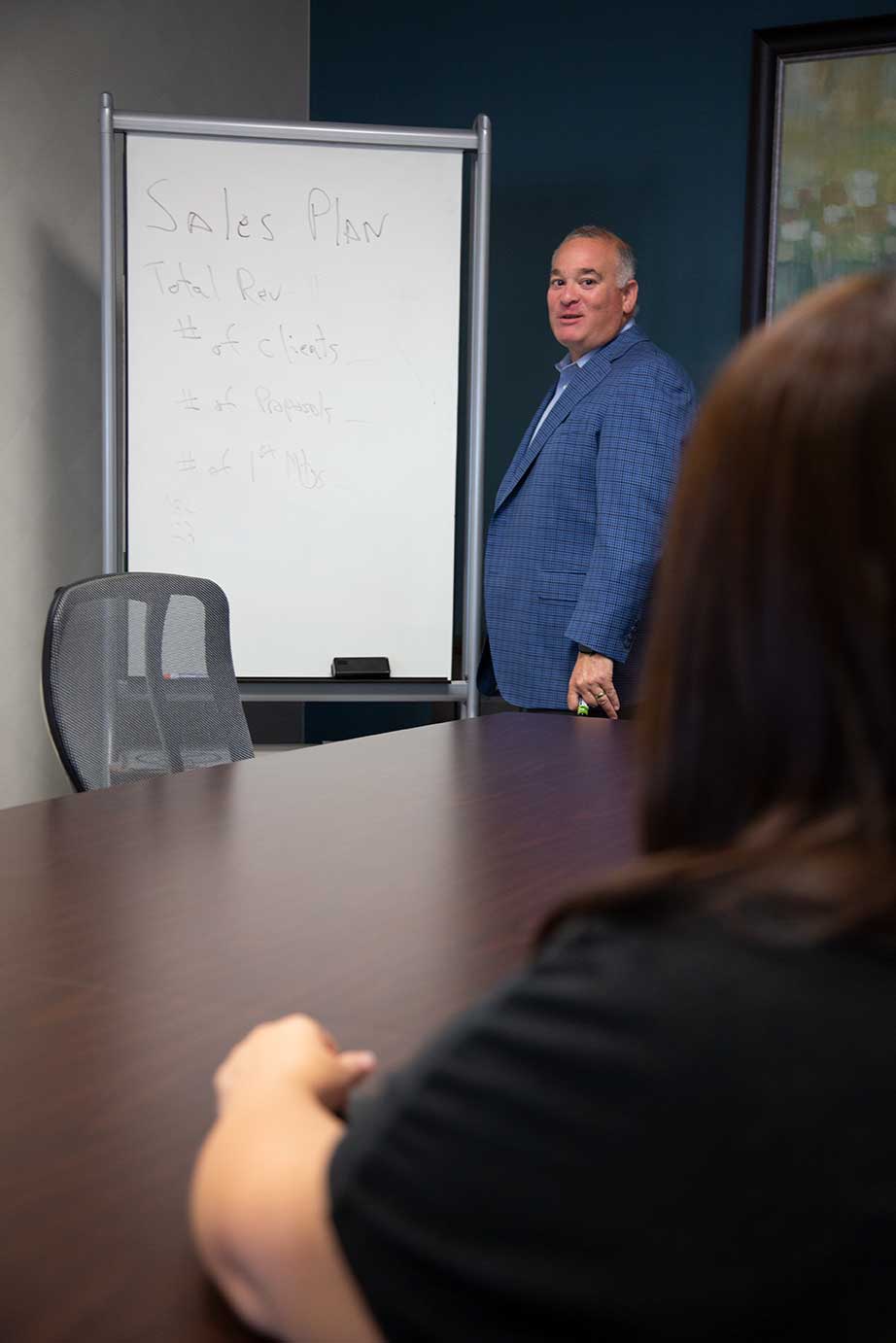10 tips to increase business through referrals and personal introductions
1. Ask for referrals. Studies have shown that 20% of the people you know will automatically give you referrals without being asked and 20% of the people you know are uncomfortable giving referrals and will never give them out. Your job is to properly ask the other 60% of the people in your network for a referral.
2. Understand your target market. It is difficult for people to give you referrals if you can’t tell them who you’d like to meet. Make sure that you can articulate what you are looking for in an ideal referral. Identify the industries where you want to meet people, the size of organization you are looking to get referred into, the specific types of people you would like to meet, and 2-3 talking points that your referral source can provide when they reach out on your behalf.
3. Create a target list. Make sure that you have a list of prospects that you would like to target and carry that list with you everywhere. In addition, do research on LinkedIn before you ask for referrals. Get an idea of the people and companies your contacts are connected to before you ask for the referral so that you can be more specific in identifying potential clients.
4. Don’t accept a lead instead of a referral. Many times, our contacts will say, “Call (insert name of lead here) and just use my name when you call.” Our experience tells us that these leads only turn into business 25-30% of the time. Typically, that lead is not expecting your call and often you will not even receive a returned phone call or email when you reach out to that lead.
5. Teach your contacts how to give you a proper referral. After you request a referral, ask your contact to call the potential referral. Have your contact tell the potential referral about you and your services and have them request permission for you to call. Tell your contact that if the referral source does not want to accept your call, it’s ok. The last thing we want to do is bother someone who does not want to take our call. Closing percentages for a good referral are about 50%.
6. If your contact is willing to reach out to the potential referral with a phone call, take the next step and ask for a personal introduction. If a contact is willing to make a personal introduction for to you, offer to set up a breakfast or lunch with your contact and the referral. It is worth the extra time and effort if you can arrange a personal introduction. Personal introductions close into business 80-90% of the time.
7. Follow up with your referral source after you have been given the referral. When someone gives you a referral, it is your responsibility to report on what happened after you’ve spoken with the person you were referred to. We want to provide positive reinforcement for someone for giving us a referral, so that we will get more referrals in the future. Our referral source should feel good about giving us a referral, regardless of whether that referral turned into business.
8. Keep your referral sources happy. If someone gives you a referral, recognize it with a thank you, a note, or a token of your appreciation.
9. Track your strategic partnerships and referral groups. If you are not receiving qualified referrals from these relationships, you may want to pivot from your current relationships and develop new referral relationships.
10. Don’t pressure someone who is not comfortable giving referrals. We don’t want to jeopardize our current relationships, so if someone is not comfortable giving referrals, don’t push them for a referral.
“Your job is to properly ask the other 60% of the people in your network for a referral.”
Schedule a Time for a
Free Consultation
Contact Us

You might also like




